 VIENNA, Austria-Iran is nearing the ability to arm a nuclear warhead even if it insists its atomic activities are peaceful, the European Union warned Wednesday.In comments prepared for delivery to the International Atomic Energy Agency's 35 board members, the EU also asserted that Iran appeared to have had a past nuclear arms program despite its denials.The statement was made available to reporters as the meeting turned its attention on Iran's nuclear defiance on its third day. The main international concerns focus on the country's refusal to freeze uranium enrichment despite three U.N. Security Council sanctions and its blocking of IAEA attempts to follow up on intelligence suggesting it was developing a nuclear arms program until several years ago.Iran insists its nuclear activities are geared only toward generating power. But Israel says the Islamic Republic could have enough nuclear material to make its first bomb within a year. The U.S. estimates Iran is at least two years away from that stage, and some experts say the country could reach that stage in as little as 6 months through uranium enrichment.An IAEA report drawn up for Wednesday's meeting says Iran has increased the number of centrifuges used to process uranium to nearly 4,000 from 3,000 just a few months ago.But David Albright, whose Washington-based Institute for Science and International Security closely tracks suspect secret proliferators, has also been able to extrapolate other information from the report that is less obvious but of at least equal concern.
VIENNA, Austria-Iran is nearing the ability to arm a nuclear warhead even if it insists its atomic activities are peaceful, the European Union warned Wednesday.In comments prepared for delivery to the International Atomic Energy Agency's 35 board members, the EU also asserted that Iran appeared to have had a past nuclear arms program despite its denials.The statement was made available to reporters as the meeting turned its attention on Iran's nuclear defiance on its third day. The main international concerns focus on the country's refusal to freeze uranium enrichment despite three U.N. Security Council sanctions and its blocking of IAEA attempts to follow up on intelligence suggesting it was developing a nuclear arms program until several years ago.Iran insists its nuclear activities are geared only toward generating power. But Israel says the Islamic Republic could have enough nuclear material to make its first bomb within a year. The U.S. estimates Iran is at least two years away from that stage, and some experts say the country could reach that stage in as little as 6 months through uranium enrichment.An IAEA report drawn up for Wednesday's meeting says Iran has increased the number of centrifuges used to process uranium to nearly 4,000 from 3,000 just a few months ago.But David Albright, whose Washington-based Institute for Science and International Security closely tracks suspect secret proliferators, has also been able to extrapolate other information from the report that is less obvious but of at least equal concern.Iran, he says, has managed to iron out most of the bugs in the intensely complicated process of enrichment that often saw the centrifuges breaking down. The machines, he says "now appear to be running at approximately 85 percent of their stated target capacity, a significant increase over previous rates."That, he says means, they can produce more enriched uranium faster. And while the IAEA says the machines have spewed out only low-enriched material suitable solely for nuclear fuel, producing enough of that can make it easy to "break out" quickly by reprocessing it to weapons-grade uranium.To date, Iran has produced nearly 1,000 pounds of low-enriched uranium, said the report — close to what Albright says is the 1,500-pound minimum needed to produce the 45-60 pounds needed for a simple nuclear bomb under optimal conditions.And with Iran's centrifuges running ever more smoothly, it "is progressing toward this capability and can be expected to reach it in six months to two years," says Albright. Touching on such fears, the statement by the 27-nation EU said that Iran's defiance of Security Council demands on enrichment is troubling "because it brings us closer to the moment where Iran will have fissile materials for a weapon, if it chose to increase their degree of enrichment."
It also cast serious doubt on Iranian assertions that it never embarked on studies geared toward making nuclear weapons.While the evidence "remains to be verified, the IAEA's exhaustive and detailed" information, "leads one to think that the Iran has methodically pursued a program aimed at acquiring the nuclear bomb," the statement said.An IAEA report circulated to the board members Monday that faulted Iran for blocking efforts to further investigate the alleged weapons program.Part of the report touched on what appeared to be drawings and calculations by Iranian engineers on reconfiguring its Shahab-3 missile to be able to carry a nuclear payload. Iranian officials say the missile has a range of 1,250 miles — enabling a strike on Israel and most of the Middle East.
By GEORGE JAHN
As in the days of Noah...











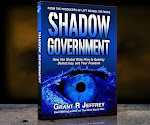
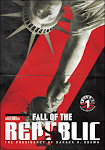


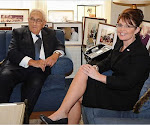






















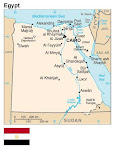


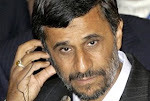


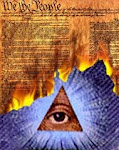









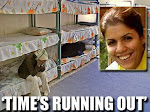








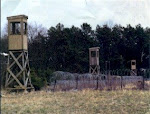




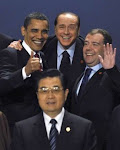
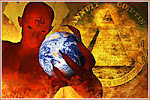






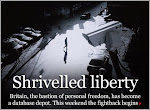




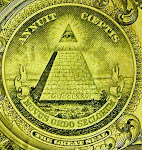
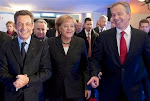



.bmp)



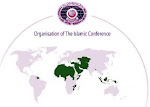




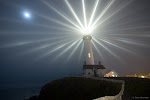


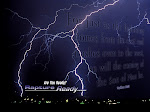
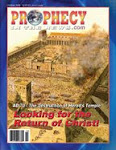





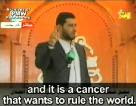
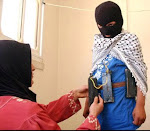

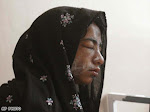



.bmp)